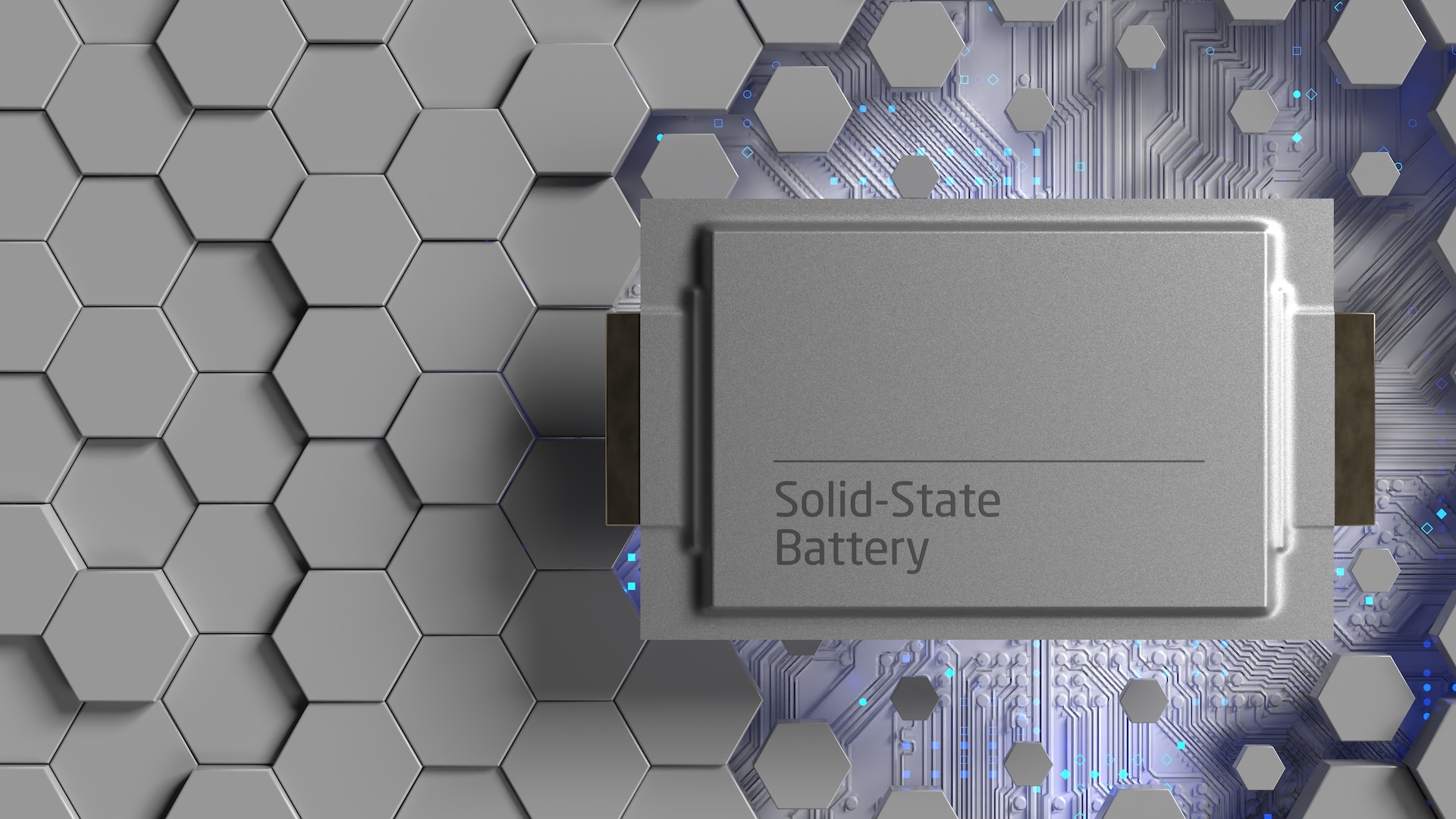
Honda plans to produce solid-state batteries for electric vehicles (EVs) that could deliver up to 620 miles (1,000 kilometers) on a single charge — more than double the range of currently available mass-market electric cars, the company announced last month.
If that goal is achieved, it would be a big step in overcoming "range anxiety" — a major barrier to widespread EV adoption.
In November, Honda unveiled a demonstration production line for its future solid-state batteries, which the Japanese automaker plans to integrate into its EVs in the second half of the decade, at a mass market scale.
"The all-solid-state battery is an innovative technology that will be a game changer in this EV era," Keiji Otsu, president and representative director of Honda R&D, said in a statement. "Replacing engines that have been supporting the advancements of automobiles to date, batteries will be the key factor of electrification."
These solid-state batteries are expected to be 50% smaller, 35% lighter and 25% cheaper to construct than the liquid lithium-ion batteries found in current EVs. However, the major roadblock to the technology is that the solid-state cells Honda has developed to date are too small to be used in any current vehicle models. The goal of the new facility is to solve that problem starting in 2025.
A solid road ahead
Solid-state batteries rely on a solid electrolyte — a substance that enables the flow of ions, but not electrons, through it. Electrolytes enable positively charged ions to travel between two ends of a battery cell, marked by positive and negative electrodes – cathodes and anodes respectively. As they do so, negatively-charged electrons are pulled from the anode to the cathode via an external circuit to generate a charge. Solid state batteries replace the liquid electrolyte — commonly a lithium compound in a polymer gel or liquid — found in lithium-ion batteries with a solid material, such as ceramics like lithium orthosilicate or glass.
Related: How do electric vehicle batteries work, and what affects their properties?
Solid-state batteries are more energy-dense than equivalent-sized batteries that use a liquid electrolyte. That's because liquid lithium-ion batteries need graphite anodes to store and control the flow of ions within the battery’s electrolyte. Solid state batteries can instead use a pure lithium metal anode, which is more energy dense and so can store more ions in the same amount or even smaller space than a graphite anode.
Furthermore, solid-state components don't need to have careful temperature control, like standard lithium-ion battery systems do. Solid-state batteries are also safer, because they can ditch solvents, like ethylene carbonate, typically used for liquid electrolytes, that can catch fire if the battery cell is damaged.
Although solid-state batteries are not new, they've yet to be produced at the size and scale needed for electric vehicles. Not only are they more expensive to manufacture than lithium-ion batteries, but technical challenges still prevent them from being reliable enough for EVs.
The biggest problem is the brittleness of the ceramic separator, which is used to keep the anode and cathode from touching, which can start to crack over time due to the expanding and contracting caused by chemical reactions. If this happens to the separator, which is also the solid electrolyte, it can trigger a short circuit between the electrodes and cause the battery to malfunction.
Another issue is that the electrolytes in solid state batteries are made of polymers, which don't allow for the flow of ions between electrodes as easily as they do in a liquid electrolyte, thus limiting the battery's performance. And over time, the electrodes of lithium-based solid state batteries can become coated with spiky lithium deposits known as dendrites, which can pierce the solid electrolyte causing the batteries to short-circuit; though this issue isn’t as prevalent as it is with liquid lithium-on batteries.
Honda hasn't yet overcome all these challenges, but it plans to do so at its new facility. One key element of the plan is to use a roll-pressing technique that can increase the density of the electrolyte layers and improve the contacts between the electrolyte and the anodes and cathodes.
Honda aims to have its long-range solid-state batteries in its cars come 2030. By 2040, Honda has set a goal for its electric cars to have solid-state batteries with ranges as high as 776 miles (1,249 km).
If Honda can achieve such lofty goals, it would alleviate worries about EV range and longevity, which could accelerate the end of gas-powered cars.







